
Like many hikers on the west coast, we've put in our share of miles on the the Pacific Crest National Scenic Trail. On
hikingwithmybrother.com we've had the chance to write about a few of the PCT's treasures, such as
Kendall Katwalk,
Silver Peak, and
Mirror Lake. So when we were contacted by the
Mountaineers about reviewing a new anthology created to benefit the work of the
Pacific Crest Trail Association, it was an opportunity we couldn't pass up.
The
Pacific Crest Trailside Reader is a two volume collection of the written works of historians, hikers, and trail shepherds, spanning all 2600 miles of trail from Mexico to Monument 78 at the Canadian border. Editors Rees Hughes and Corey Lee Lewis seamlessly piece together historical accounts, trail lore, and first-hand hiker experiences into an engaging anthology. Each of the 95 excerpts are perfect for fireside storytelling or armchair adventuring. Within the pages, the human experience and deeper meaning of the PCT will resonate with the thru-hiker and aspiring outdoorsman alike.
There are plenty of tales for us to relate to in the
Pacific Crest Trailside Reader, but our favorites are invariably those that involve trails we've explored.
One comes from
Two on the Trail:
A Thousand Miles on the PCT, by Ann Marshall. Ann and her husband Lee humorously detail their misery as they hike from Waptus Lake to Catherdral Rock in a classic Alpine Lake Wilderness downpour. For us, getting so wet you're beyond caring, turns into a game of who of can be the most ridiculous just to stay in good spirits. Stomping around madly in a creek in order to see the bottom rings a bell. Continuing on to Deception Pass, Ann and Lee get dead-ended at the notorious Mt. Daniel run-off crossing. They end up have to backtrack around the other side of Hyas Lake before continuing on the PCT. In 2005, I recall eating a lunch of instant potatoes and de-booting at that crossing before fording the frigid glacier waters and vowing never to do it again. I can't imagine what that creek would be like in a torrential downpour.
For us, learning the history and origin of a trail always makes hiking it that much more enjoyable. In
Triumph and Tragedy at Steven's Pass, David Foscue recounts the Great Northern Railway's influence on the region and on the PCT. The railroad that John Stevens constructed over his namesake pass was an engineering marvel, but tragically it was also the site of the worst avalanche disaster in US history. Foscue's account traces man's progress and loss as the railroads strained to conquer the Northern Cascades, giving us a little more to enjoy about what is already one of our favorite hikes;
The Iron Goat Trail. As we continue to research and write more about hikes on the PCT for
hikingwithmybrother.com, I know will be sharing more of these accounts with our readers.
Bottom line, these books are about reliving your trail memories and being inspired to create new ones. Like many 9-to-5ers, we're constantly daydreaming about our next escape to spires of granite and pristine alpine lakes and these books are great way to get there. The
Mountaineers are extending a special offer of 25% off exclusively to Hiking with my Brother readers. Simply click on the image of the book of your choice, and use coupon code "HikeBro" from 12/8 to 12/16 to get a great read and support Trail #2000. On Monday, we're announcing our Holiday Giveaway! We have a few promotional copies of the
Pacific Crest Trailside Reader to give away, so stay tuned for the details! -Jer


To order your copy, click one of the images and use
coupon code
"HikeBro"
To receive 25% off your order.
Valid 12/8 - 12/16
Free shipping until 12/11
 Recently, we found some time to visit Lord Hill Regional Park, a 1,300-acre park in Snohomish County. With over 11 miles of walking trails so close to the city, we took a little tour to see what the park had to offer.
Recently, we found some time to visit Lord Hill Regional Park, a 1,300-acre park in Snohomish County. With over 11 miles of walking trails so close to the city, we took a little tour to see what the park had to offer. but be prepared to share the mixed use trails with mountain bikers and equestrians. All in all, it’s worth an afternoon to trek out to explore Snohomish County’s largest park.
but be prepared to share the mixed use trails with mountain bikers and equestrians. All in all, it’s worth an afternoon to trek out to explore Snohomish County’s largest park.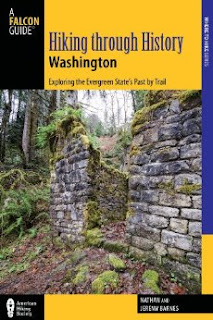
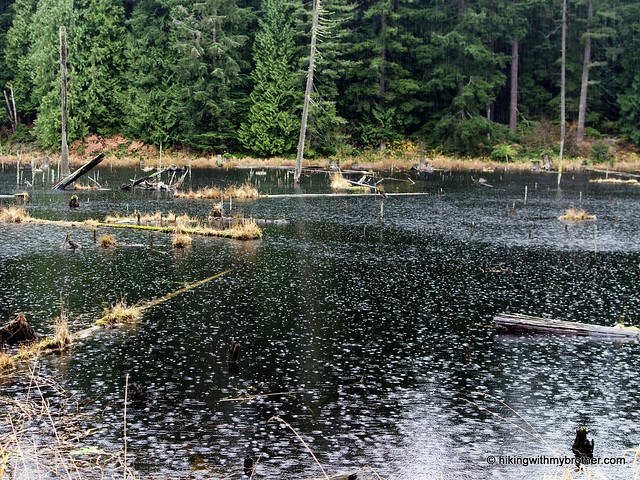



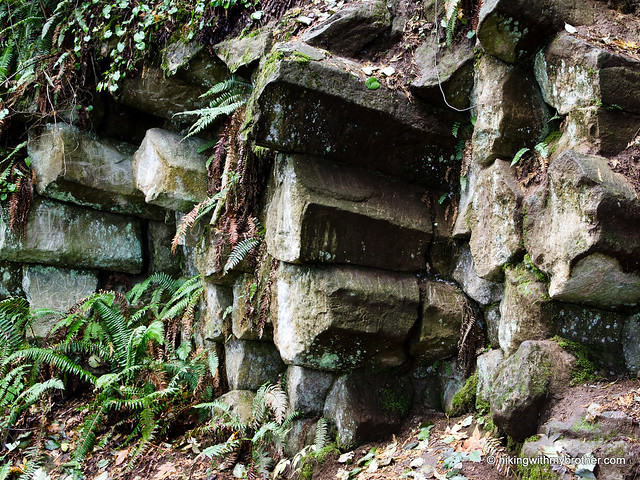
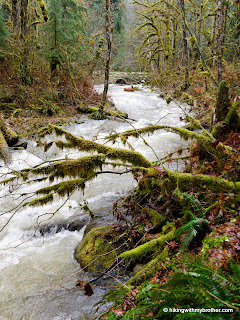
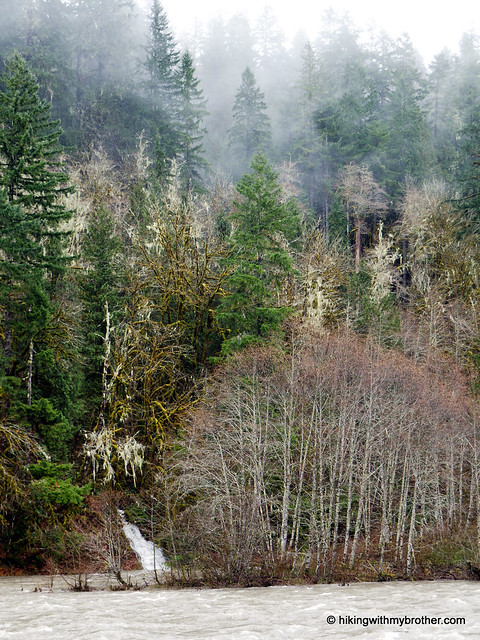
 Happy Holidays from
Happy Holidays from 






